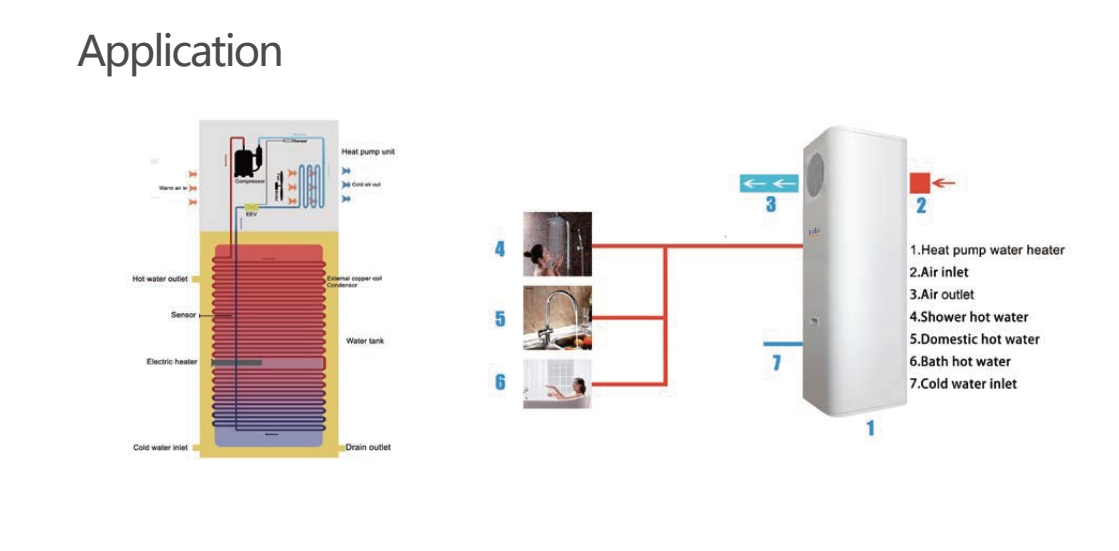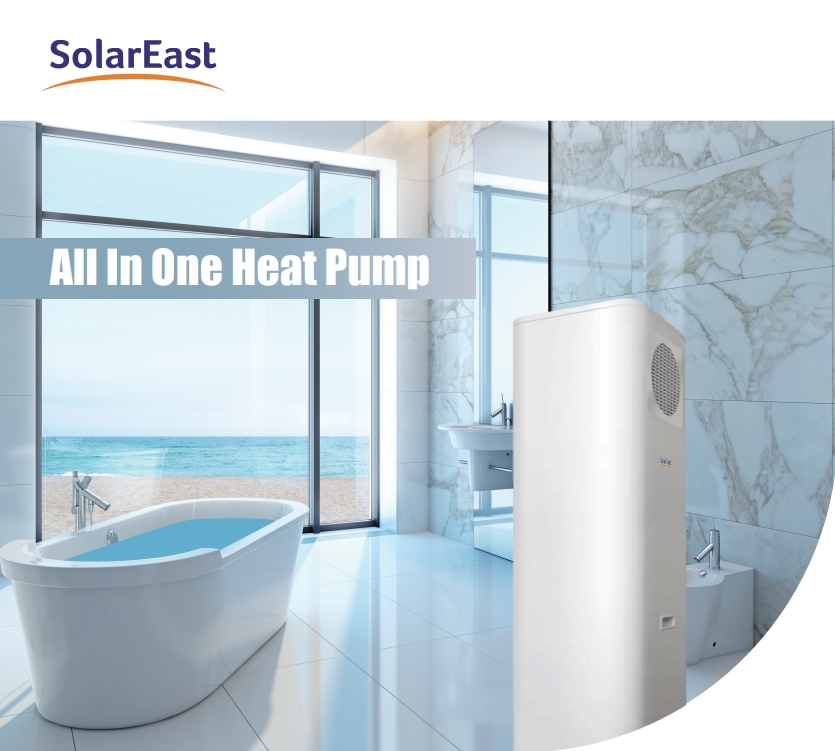As the global demand for energy-efficient solutions continues to rise, businesses and homeowners alike are increasingly considering the benefits of all-in-one heat pumps. These innovative systems offer a compelling alternative to traditional heating and cooling methods, particularly in the realm of solar energy storage solutions. In this article, we will explore the key differences between all-in-one heat pumps and traditional heating systems, helping you find the best option that fits your needs.
Understanding All-in-one Heat Pumps
All-in-one heat pumps are versatile systems that combine heating, cooling, and hot water production into a single unit. Utilizing the principles of thermodynamics, they work by transferring heat between the indoors and outdoors to operate efficiently and reduce energy costs. This integration is becoming increasingly popular due to several benefits.
Energy Efficiency: All-in-one heat pumps are designed to maximize energy use, often achieving efficiency ratings of 300% or more. This means that for every unit of electricity consumed, three or more units of heating or cooling can be produced.
Space-saving Design: Since these systems combine multiple functions into one unit, they take up less space compared to traditional heating and cooling systems, making them ideal for homes with limited installation space.
Lower Operating Costs: Although the initial investment for an all-in-one heat pump may be higher than traditional systems, the long-term savings on energy bills often outweigh these costs. Many users report substantial reductions in their utility bills over time after switching to a heat pump system.
Environmental Impact: Utilizing renewable energy from the environment, all-in-one heat pumps reduce carbon emissions, aligning with global sustainability goals. They are an excellent choice for environmentally-conscious consumers.

All-in-one Heat Pump Applications
Traditional Heating Systems: An Overview
Traditional heating and cooling systems typically consist of separate units for each function -furnaces/electric heaters for heating and air conditioning units for cooling. These systems primarily rely on the combustion of fossil fuels or electricity to generate heat, distributing it throughout a building via ducts or radiators.
Higher Energy Consumption: Traditional systems often operate at lower efficiencies, leading to increased energy consumption and higher operational costs.
Space Requirements: Separate units require more installation space, which can be a significant drawback in smaller properties.
Maintenance Challenges: Maintaining multiple systems can be cumbersome and costly, including regular inspections and possible replacement of components like filters, ducts, or even the entire system after several years of use.
Limited Functionality: Most traditional systems are designed solely for heating or cooling, requiring homeowners to purchase separate units for both needs. They also struggle to integrate with renewable energy sources, like solar power, limiting their efficiency potential.
Comparing Performance: All-in-One Heat Pumps vs. Traditional Systems
When it comes to performance, all-in-one heat pump systems stand out due to their dual functionality and energy efficiency. Here are some key comparisons to consider:
Efficiency Ratings
All-in-one heat pumps boast impressive Seasonal Energy Efficiency Ratios (SEER) for cooling and Heating Seasonal Performance Factors (HSPF) for heating. In contrast, traditional systems often fall short in energy-saving benefits, leading to higher energy consumption and costs.
Installation Flexibility
All-in-one heat pumps are generally easier and quicker to install compared to traditional systems, which may require extensive ductwork or other modifications to existing infrastructure. This flexibility can save both time and money during installation.
Heating Capacity
While all-in-one heat pumps can effectively heat and cool most spaces, their performance can be impacted in extreme temperatures. Traditional systems may outperform heat pumps in very cold or hot climates, as they are designed to generate heat directly. However, modern all-in-one systems are increasingly equipped with advanced technologies, like variable-speed compressors, to enhance their performance even in harsh working conditions.
SolarEast All-in-One Heat Pump System
Product Highlight: SolarEast All-in-One Heat Pump
Elevate your energy efficiency with the SolarEast all-in-one heat pump system, the ultimate solution for sustainable heating and cooling, where comfort meets sustainability. Engineered with R134a refrigerant, this eco-friendly system minimizes environmental impact while delivering exceptional performance.
Experience superior air quality with Central Mechanical Extract Ventilation (CMEV), ensuring a constant flow of fresh air throughout your space. With WIFI smart control, you can effortlessly manage your heating and cooling settings from anywhere, providing convenience at your fingertips.
The innovative microchannel heat exchanger delivers superior heat transfer efficiency, allowing for rapid heating and cooling responses. Plus, with a remarkable water temperature output of up to 75ºC, this heat pump is perfect for all hot water needs, including domestic hot water supply and heating systems.
Conclusion
When considering whether to invest in an all-in-one heat pump or stick with traditional heating and cooling systems, it's essential to weigh the benefits carefully. All-in-one heat pumps not only offer superior energy efficiency but also align with modern sustainability goals by integrating seamlessly with solar energy solutions.
As a professional solar energy storage solution provider in China, SolarEast is dedicated to providing high-quality products that meet the evolving needs in this field. By choosing an all-in-one heat pump system, you invest in your property's comfort and contribute to a cleaner environment.
If you're ready to explore how all-in-one heat pumps can enhance your energy management strategy, contact SolarEast today for personalized solutions tailored to your specific needs. Together, we can achieve a sustainable future powered by renewable energy!





